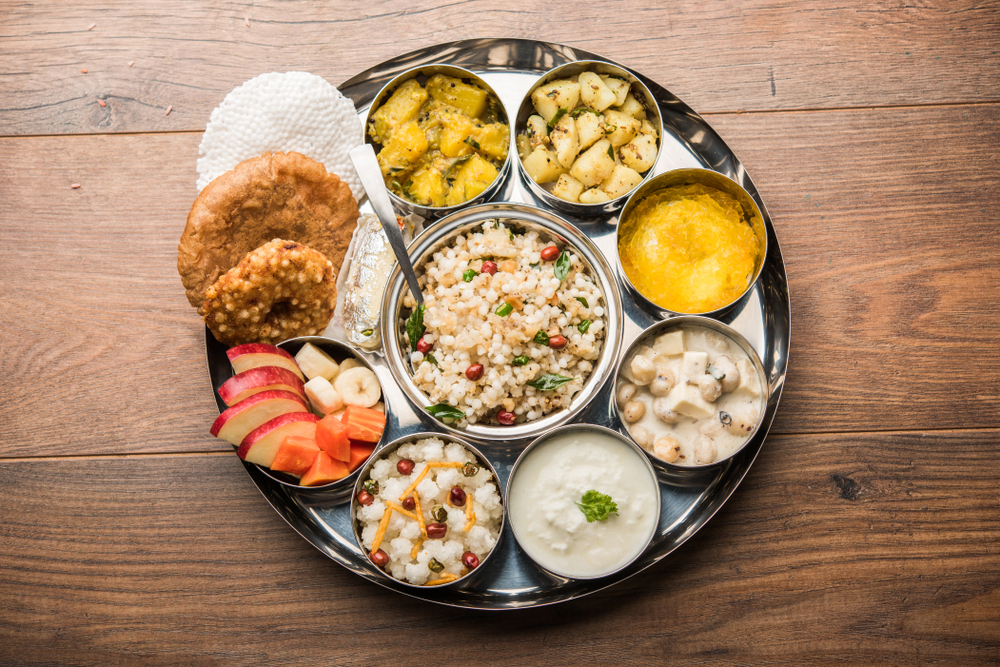
Navaratri, a Sanskrit word meaning 'nine nights', is one of the most vibrant and significant festivals celebrated in India.
It reveres the goddess Durga in her various forms and is observed with great enthusiasm and devotion across the country. Let's take a look at the essence, rituals, and traditions of this grand festival.
Shailaputri (Daughter of the Mountains): The embodiment of the power of Brahma, Vishnu, and Shiva.
Brahmacharini: Represents penance and austerity.
Chandraghanta: Symbolizes serenity and bravery.
Kushmanda: The creator of the universe.
Skandamata: The mother of Kartikeya, commander of the gods.
Katyayani: Born to the sage Katyayan and epitomizes courage.
Kaalratri: Represents the fierce form of Durga.
Mahagauri: Symbolizes intelligence and peace.
Siddhidatri: Grants enlightenment and knowledge.
West (Gujarat): Here, Navaratri is synonymous with the dance form 'Garba'. People dress up in colourful traditional outfits and dance around a clay lantern with a light inside, called a Garbi. Another dance form, Dandiya Raas, which involves two dance sticks, is also popular.
North (Delhi, Uttar Pradesh, Himachal Pradesh): In these regions, Ram Lila plays depicting the life of Lord Rama are organized. On the tenth day, known as Dussehra, effigies of Ravana are burnt to symbolize the victory of good over evil.
East (West Bengal, Assam, Bihar): Here, the last four days of Navaratri, called Durga Puja, are celebrated with grandeur. Huge artistic tents, known as pandals, are set up displaying idols of Goddess Durga. On the tenth day, these idols are immersed in water, symbolizing her return to her celestial abode.
South (Tamil Nadu, Karnataka, Andhra Pradesh): In the southern states, the festival is called Golu. People display dolls on stepped platforms. The dolls are symbolic of the assembly of gods and goddesses.

Fasting during Navaratri is a common practice. Many devotees observe a fast on all nine days, consuming only fruits, nuts, and specific fasting foods. The idea is to cleanse the body and soul. After nine days of fasting, the tenth day, called Vijayadashami or Dussehra, is celebrated with a grand feast.
Navaratri is not just a festival; it's an emotion that binds millions of Indians together. It's a time of devotion, dance, music, and unity. Whether it's the rhythmic beats of the dandiya or the serene aarti of the goddess, Navaratri truly epitomizes the diverse and rich cultural tapestry of India.